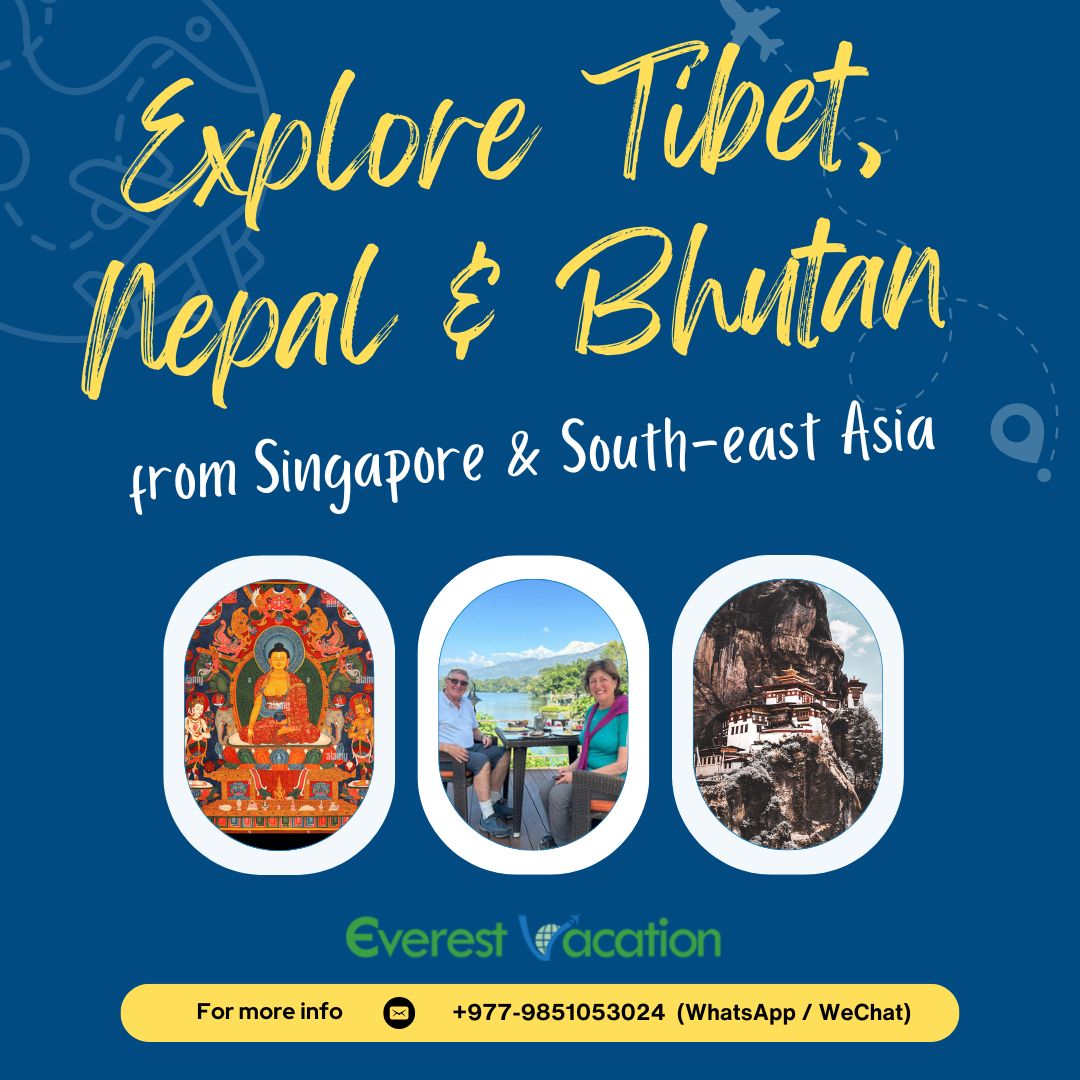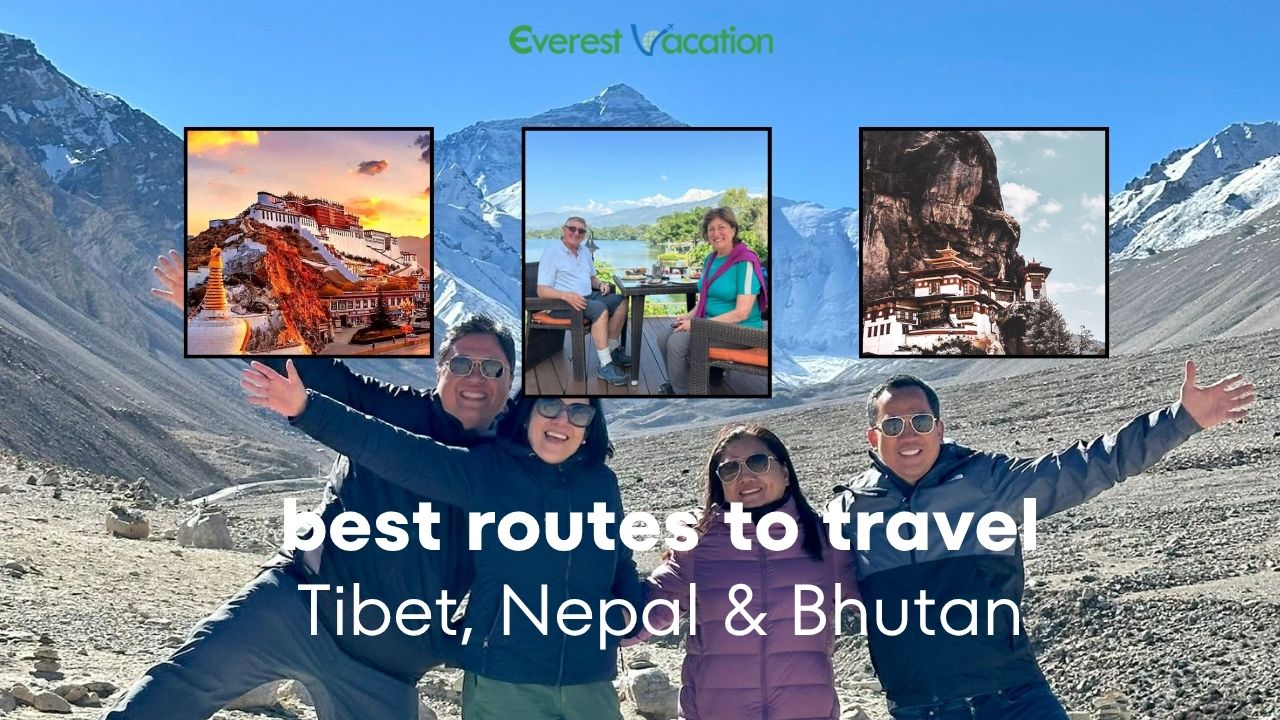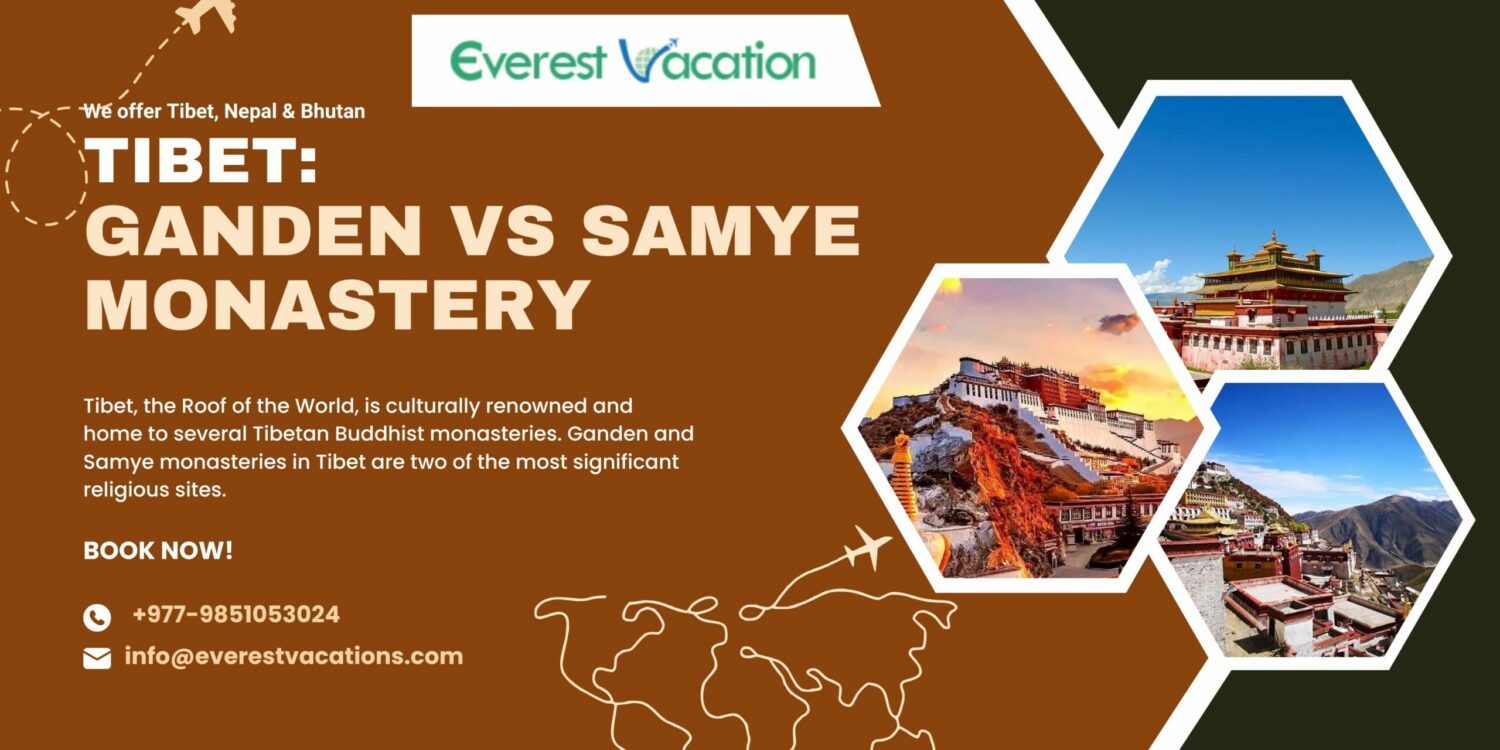Nepal, officially the Federal Democratic Republic of Nepal is a landlocked country in South Asia. It is located mainly in the Himalayas but also includes parts of the Indo-Gangetic Plain. With an estimated population of 26.4 million, it is 48th largest country by population and 93rd largest country by area. It borders China in the north and India in the south, east, and west while Bangladesh is located within only 27 km (17 mi) of its southeastern tip and Bhutan is separated from it by the Indian state of Sikkim. Nepal has a diverse geography, including fertile plains, subalpine forested hills, and eight of the world’s ten tallest mountains, including Mount Everest, the highest point on Earth. Kathmandu is the nation’s capital and largest city. Nepal is a multiethnic nation with Nepali as the official language.
Would you like Kathmandu Multi-Day Tours with Varieties?
Great Combination of History, Culture, Adventure, Yoga, Hiking and Village Tour
Would you like NEPAL & BHUTAN TOUR?
Experience Buddhist culture, heritage & jungle safari and amazing mountain views. Combined (Multi-Countries) Tour of Nepal and Bhutan, Private Tour with flexible duration & accommodation
Where is Nepal Located on a World Map
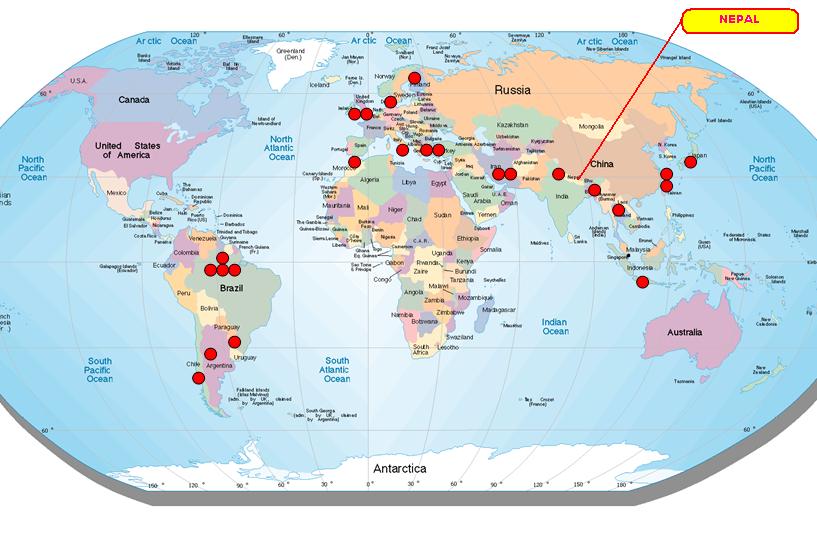
Glance of Nepal
Capital City: Kathmandu
Population: 30 Million
Language: Nepalese, English & 129 dialects
Currency: NRS Nepalese Rupeese (USD 1 = NRS 109.00 approx)
Time Zone: (GMT+05:45)
Electricity: Type C (European 2-pin), Type D (Old British 3-pin),Type M (see D)
Dialing Code: +977 1 9851053024
Government: Republic
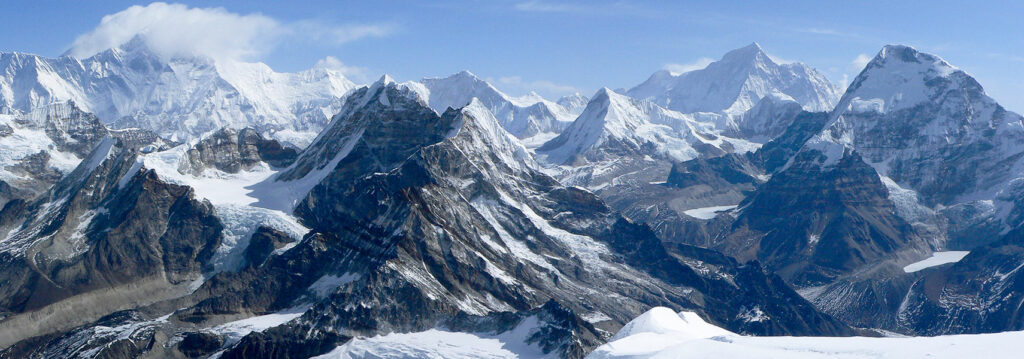
Would you like 4-7 days Short Everest or Annapurna or Langtang Trek?
Short trekking in Nepal are professionally composed treks offering the best scenic, cultural, and natural delights in a reduced amount of time.
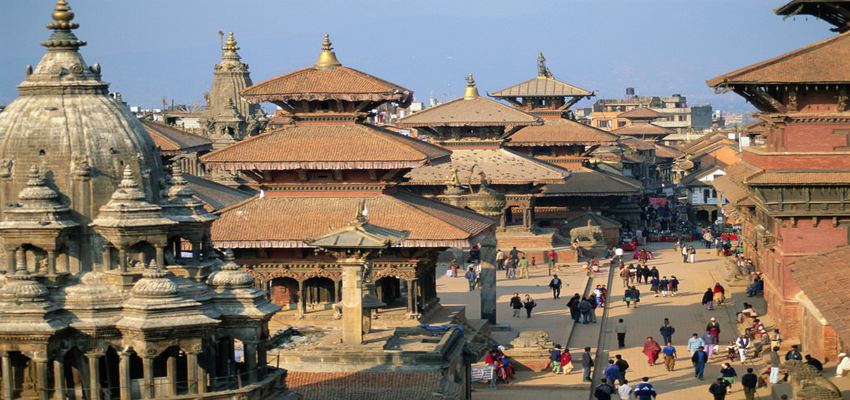
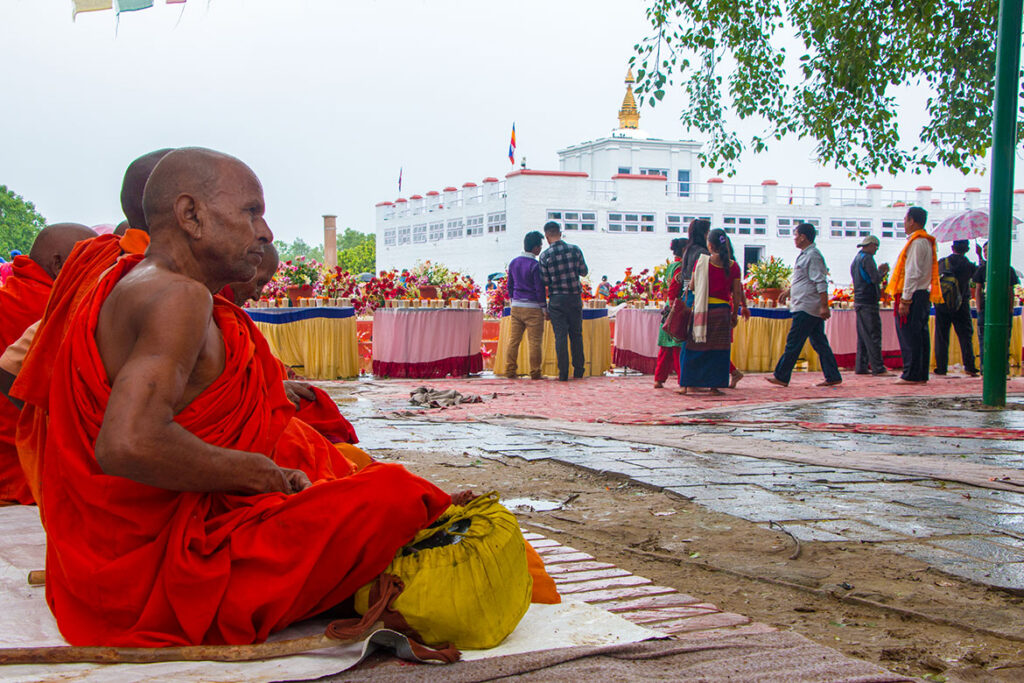
Would you like KATHMANDU DAY TOURS (01-05 DAYS)?
It includes with fascinating and lovely historical and cultural monuments listed in World Heritage Sites by UNESCO as well as Nepalese history, culture, religion, food, lifestyle by expert travel guides
Interesting Facts about Nepal
- Location
Nepal is a landlocked country in South Asia. The Himalayan range runs across the northern part of Nepal. It is bordered by Tibet (China) to the north and by India to the south, east and west.
- Climate
Nepal’s climate is tropical in the south, temperate in the hills and arctic in the high altitude areas. There are five seasons: summer, monsoon, autumn, winter, and spring. In summer, temperatures in Kathmandu reach 30 degrees Celsius whilst it can be 45 degrees Celcius in the low-lying Terai region. Winter in the mountains can be very cold with sub-zero temperatures. Even Kathmandu can be chilly with temperatures just above zero degrees.
- Land
Nepal is a small country, approximately 800 kilometers long and 200 kilometers wide, with an area of 147,181 square kilometers. It is home to eight of the ten highest mountains in the world, including the highest point on earth, Mount Everest, reaching 8,848 meters. It also has vast low-lying plains. Three major river systems originate in the mountains and flow into the river Ganges in India. Only 20 percent of the land is cultivatable and 29 percent is covered in forest. Deforestation is a serious problem in Nepal because of the growing demands for firewood and grazing.
- Religion
The main religion in Nepal is Hinduism, practiced by approximately 80 percent of the population. Buddhism, although officially practiced by only about 10 percent of the population, has an important following since Nepal is the birthplace of Buddha. Other religions include Islam and Christianity.
Would you like Kathmandu Pokhara Chitwan Short Tour?
It includes Pashupatinath, Everest Mountain flight (Optional), Pokhara city tour, Sarankot sunrise tour, Chitwan, Swoyambhunath Stupa, Patan/Bhaktapur Durbar Square.
- Government and Economy
Nepal was a Kingdom until 2008 when it abolished the monarchy and became a democratic republic. It is ruled by a president and the government is headed by the prime minister. Widespread political instability has resulted in constant changes of government. No government has survived more than two years since 1991. A civil war lasting for 10 years (1996-2006) resulted in the death of more than 13,000 people.
Until 1951, Nepal was an isolated agricultural society, without schools, hospitals, and electric power. Since that period, basic infrastructures have been developed. Foreign assistance still accounts for 50 percent of the budget for development. Eighty percent of the population is engaged in agriculture. Tourism is an important source of income in trekking regions and larger cities.
- Production
Tea, rice, corn, millet, wheat, sugarcane, jute, and tobacco. Besides this modern farming has improved the production of new crops and production.
- Food
Dal bhat tarkari (rice, lentils and vegetable curry) is the main dish eaten throughout Nepal. Tibetan cuisine is popular in mountain areas and cities.
- Music
There is a wide range of popular music in Nepal, both modern and traditional. Each of the 36 ethnic groups has traditional folk songs in its own language, which remain very popular with all ages. Many songs tell of the hardship of life in Nepal.
- Sport
Football and cricket are the most popular sports played by Nepali people. Foreigners, however, know the country best for its trekking and mountaineering in the great Himalayas.
Would you like 5 days Bhutan Tour from Kathmandu?
You find yourself in a cultural nation rich in culture, tradition, arts, and architecture alongside greenery, beautiful landscapes, and the snowcapped Himalayas.
- Education System in Nepal
Until 1951, Education in Nepal was banned by the ruling Rana family. Today, education is still not compulsory though primary education is free. Even until the 1980’s, very few girls were sent to school. This contributed to very poor literacy rates which are still low at just 58 percent. In fact, only 76 percent of children complete primary school and only 29 percent attend secondary school.
Schools, especially those in rural areas, are often inadequately resourced, and staffed by untrained or poorly trained teachers who use rote learning methods. Children learn to only memories information and rarely question or analyses. Most rural schools are in the Nepali language, with English language schools in cities. At the end of a Grade 10, national level secondary education examination is conducted. As students must pass every subject, the success rate remains low, particularly in rural areas.
- Nepal Tour Packages 1 day to 11 days
- Everest Mountain flight and Helicopter Tours
- Nepal and Bhutan Combined Tour packages – 3 days to 12 days
- Bhutan Tour Packages – 3 days to 11 days
- Trekking packages from 1 day to 15 days including Everest, Annapurna, Langtang

